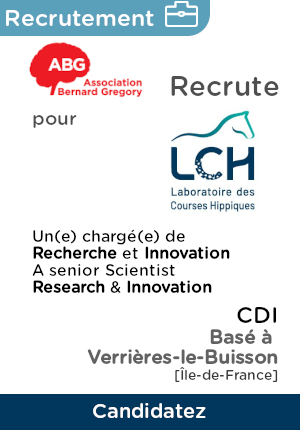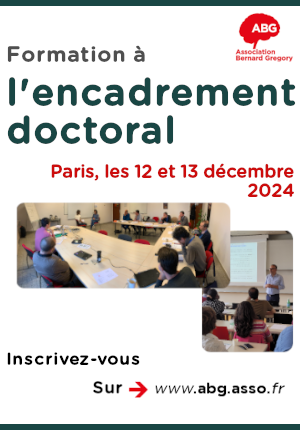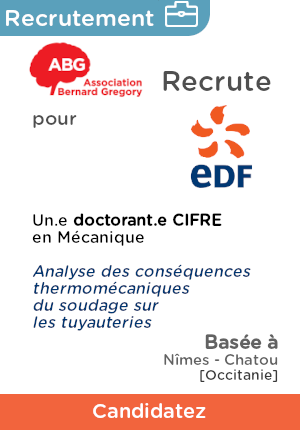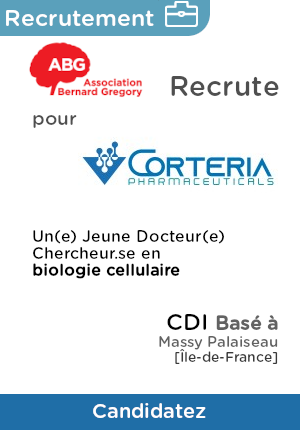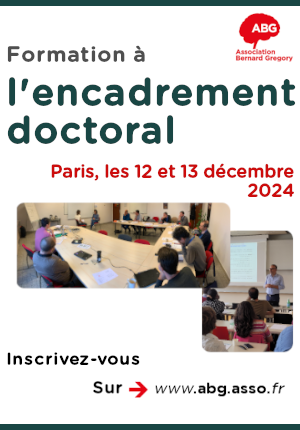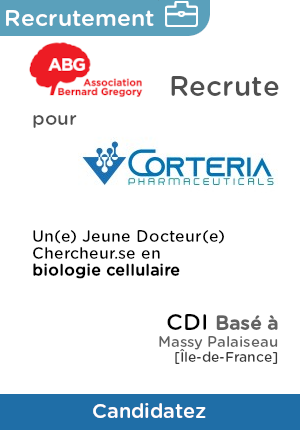Coupling of artificial intelligence tools (Deep Learning) and physics-based numerical modeling (TELEMAC 2D) for flood forecasting in the Seine estuary.
| ABG-125116 | Thesis topic | |
| 2024-07-12 | Public/private mixed funding |
- Mathematics
- Data science (storage, security, measurement, analysis)
- Engineering sciences
Topic description
CEREMA (https://www.cerema.fr/fr/cerema) and the University of Rouen Normandy (M2C) are looking for candidates for a PhD position with a Master 2, engineer's degree or equivalent, to carry out research on the issues of predicting extreme events (floods and droughts) on the Seine in the context of climate change. These predictions will be made using physics-based numerical modeling (TELEMAC 2D) and deep learning tools (LSTM, BilSTM, CNN, SVM.). Candidates should have a strong background in physics, mathematics, computer science and AI. Applicants are not required to have a strong background in hydraulics.
To apply, please send a CV with your M1 and M2 grades (no cover letter required).
Starting date
Funding category
Funding further details
Presentation of host institution and host laboratory
https://m2c.cnrs.fr/
https://www.cerema.fr/fr/cerema
Candidate's profile
Le CEREMA (https://www.cerema.fr/fr/cerema) et l'Université de Rouen Normandie (M2C) recherchent des candidats pour un poste de doctorant ayant un Master 2, un diplôme d'ingénieur ou équivalent, pour mener des recherches sur les enjeux de la prédiction des événements extrêmes (crues et sécheresses) sur la Seine dans le contexte du changement climatique. Ces prédictions seront réalisées à l'aide de modélisations numériques basées sur la physique (TELEMAC 2D) et d'outils d'apprentissage profond (LSTM, BilSTM, CNN, SVM.). Les candidats doivent avoir une solide formation en physique, en mathématiques, en informatique et en IA. Les candidats ne sont pas tenus d'avoir une solide expérience en hydraulique.
Pour postuler, merci d'envoyer un CV avec vos notes de M1 et M2 (pas de lettre de motivation nécessaire).
Vous avez déjà un compte ?
Nouvel utilisateur ?
Get ABG’s monthly newsletters including news, job offers, grants & fellowships and a selection of relevant events…
Discover our members
 Aérocentre, Pôle d'excellence régional
Aérocentre, Pôle d'excellence régional  ONERA - The French Aerospace Lab
ONERA - The French Aerospace Lab  PhDOOC
PhDOOC  Généthon
Généthon  CASDEN
CASDEN 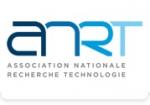 ANRT
ANRT  SUEZ
SUEZ  MabDesign
MabDesign  Institut Sup'biotech de Paris
Institut Sup'biotech de Paris  Nokia Bell Labs France
Nokia Bell Labs France  Ifremer
Ifremer  Groupe AFNOR - Association française de normalisation
Groupe AFNOR - Association française de normalisation  Tecknowmetrix
Tecknowmetrix  CESI
CESI  Laboratoire National de Métrologie et d'Essais - LNE
Laboratoire National de Métrologie et d'Essais - LNE  Institut de Radioprotection et de Sureté Nucléaire - IRSN - Siège
Institut de Radioprotection et de Sureté Nucléaire - IRSN - Siège  MabDesign
MabDesign 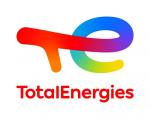 TotalEnergies
TotalEnergies  ADEME
ADEME
-
JobPermanentRef. ABG123642Laboratoire des Courses Hippiques (GIE LCH)- Ile-de-France - France

Chargé(e) de Recherche et Innovation (H/F) / Senior Scientist Research & Innovation (M/F)
Chemistry - BiochemistryConfirmed -
JobFixed-termRef. ABG125071KTH- Sweden
ERC-funded postdoc position on the detection of gas-phase organic radicals, KTH, Stockholm, Sweden
Chemistry - Physics - Engineering sciencesAny -
JobPermanentRef. ABG124941Corteria Pharmaceuticals- Ile-de-France - France

Jeune Docteur, Chercheur en Biologie Cellulaire & Moléculaire (H/F)
BiologyAny

